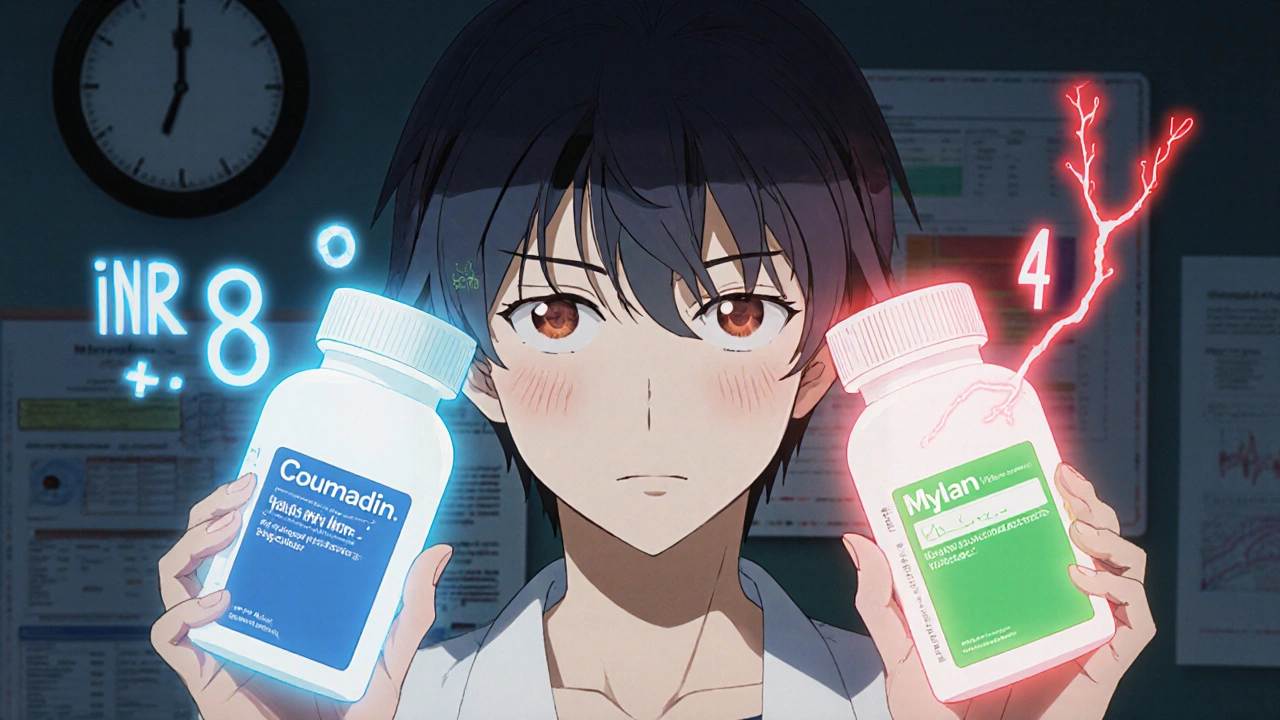Warfarin: What It Is, How It Works, and What You Need to Avoid
When you take warfarin, a prescription blood thinner that stops dangerous clots from forming. Also known as Coumadin, it's one of the most widely used anticoagulants in the world, especially for people with atrial fibrillation, artificial heart valves, or a history of deep vein thrombosis. But warfarin isn’t like other pills. One wrong food, one new medication, or even a change in your vitamin K intake can throw off your dose—and that’s when things get risky.
Warfarin works by blocking vitamin K, which your body needs to make clotting proteins. That’s why your doctor checks your INR, a blood test that measures how long it takes your blood to clot regularly. Too low, and you’re at risk for a stroke or clot. Too high, and you could bleed internally without warning. This isn’t a set-it-and-forget-it drug. It demands attention.
And that’s where things get tricky. Many common medications—like antibiotics, pain relievers, and even some heart drugs—can interact with warfarin in dangerous ways. For example, mixing warfarin with diltiazem, a calcium channel blocker used for high blood pressure and angina, can spike your INR and raise bleeding risk. Same with amiodarone, a heart rhythm drug, or even some herbal supplements like ginkgo or garlic. You can’t just add a new pill without checking first.
It’s not just about other drugs. Your diet matters too. Leafy greens like spinach, kale, and broccoli are full of vitamin K. Eating more than usual? Your INR could drop. Eating less? It could rise. Consistency is key—not restriction. You don’t have to avoid these foods, but you need to keep your intake steady.
And then there’s the question of alternatives. Newer blood thinners like apixaban or rivaroxaban don’t need regular blood tests and have fewer food interactions. But they’re not right for everyone—especially people with mechanical heart valves. Warfarin still has a place, and for many, it’s the only option.
What you’ll find below is a collection of real-world guides that connect directly to your warfarin journey. You’ll see how other medications can interfere with your treatment, what side effects to never ignore, and how to spot dangerous combinations before they hurt you. These aren’t theoretical articles—they’re written by someone who’s seen patients get hurt because no one told them about the interaction between their warfarin and their new antibiotic. You’re not alone in this. And you don’t have to guess your way through it.


